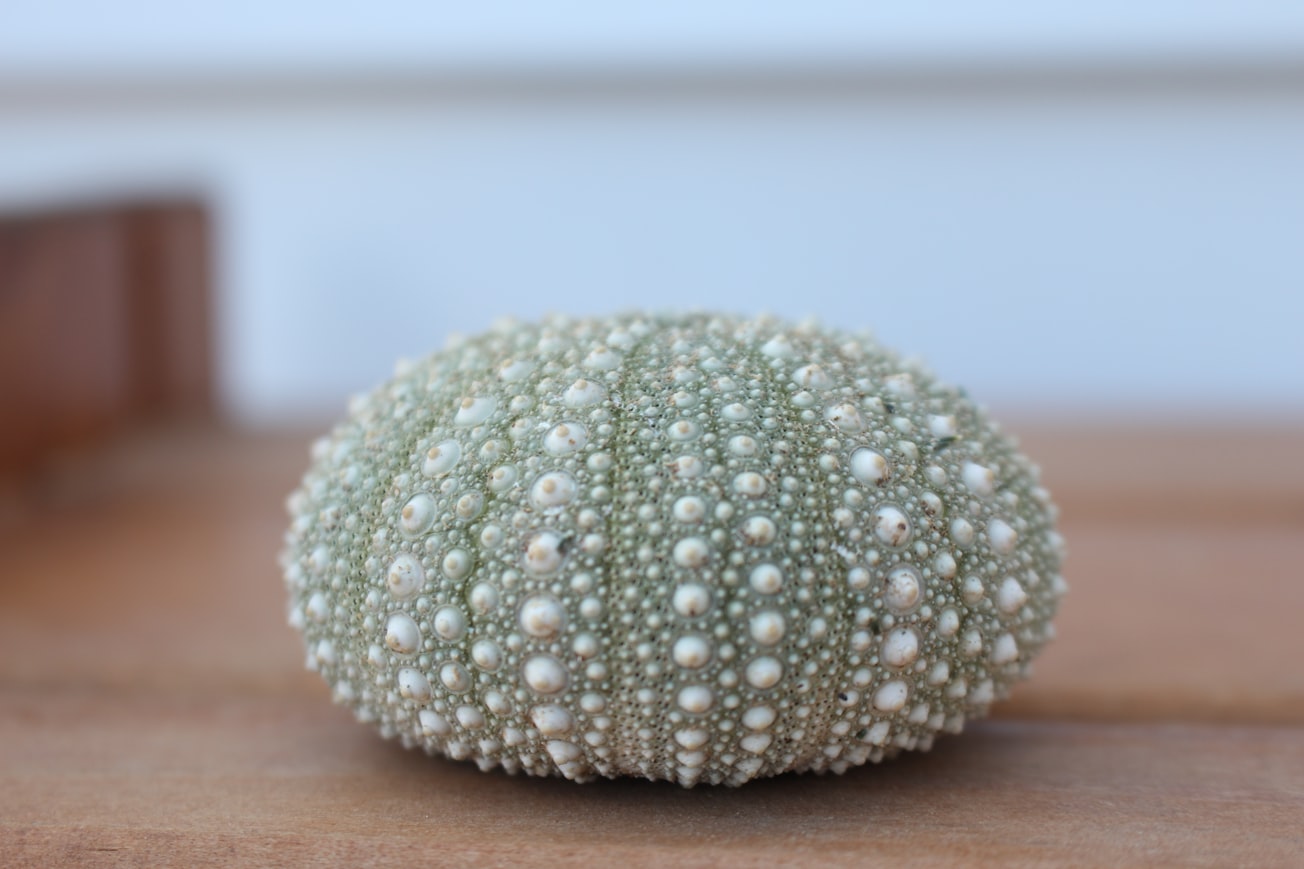What is it about?
This article describes Giorgio Scarpa’s bionic model of “Aristotle’s lantern” – the mouth of the sea urchin. As of 2019, Scarpa’s model was the only known, complete, and working physical analogue of the urchin's remarkable mechanism. The model, built around 1970, has inspired designs for a medical instrument (TU Delft, The Netherlands, 2014) and a space exploration vehicle (UCSD, California, 2016).
Featured Image

Photo by Kaleb Kerr on Unsplash
Why is it important?
Scarpa's approach of pure exploration is still valid for research in the 21st century. Understanding nature and gaining aesthetic pleasure by constructing analogue systems that are not copies, can be rewarding in itself, and lead to unexpected practical applications. This article documents a one-of-a-kind project by a pioneer of bio-inspired design, and introduces scholars and scientists to Scarpa's work in bionics, topology, and rotational geometry.
Perspectives
Since my time as a student of Scarpa's in the 1970s in Sardinia, Italy, I always felt that the world of art and design ought to know about this reserved but brilliant artist and designer. Although himself mentored by noted Italian designer Bruno Munari, who promoted him by including two of his books in the Design Notebook series, Scarpa always shied away from publicity and fame. I am delighted that his work can now begin to reach a wide and varied audience and I thank Leonardo journal for the opportunity. I am now working on other projects inspired by his work, especially relating to origami and meta-materials, and I hope to share some of this research in the near future.
Associate Professor of Information Design Pino Trogu
San Francisco State University
Read the Original
This page is a summary of: Giorgio Scarpa’s Model of a Sea Urchin Inspires New Instrumentation, Leonardo, April 2019, The MIT Press,
DOI: 10.1162/leon_a_01384.
You can read the full text:
Resources
Giorgio Scarpa’s Model of a Sea Urchin Inspires New Instrumentation
Original published article, PDF, was immediately made available for free download by MIT Press, as the featured article of the April 2019 issue. LEONARDO, Vol. 52, No. 2, pp. 146–151,154 2019 doi:10.1162/LEON_a_01384 ©2019 ISAST
Live Discussion with Leonardo Author Pino Trogu
A video recording of Leonardo Book Club with author Pino Trogu, in a discussion of his article “Giorgio Scarpa’s Model of a Sea Urchin Inspires New Instrumentation.” Moderated by Leonardo managing editor Erica Hruby. Facebook Live webinar, April 24, 2019, 1:00 p.m. to 2:00 p.m. PDT. Author describes the building of his replica of Scarpa's sea urchin model, from examining Scarpa's original drawings to drawing a copy with the modeling software SketchUp, 3D-printing the replica and presenting it at various international conferences on bio-inspired design. Original drawings and various stages of the original prototype are also shown, as well as video clips and details of the surgical instrument prototype (Jelínek et al., 2014) and the space exploration vehicle (Frank et al., 2016) that were inspired by Scarpa's model.
Giorgio Scarpa: Italian designer, bionics and topology researcher, teacher, and artist.
Webpage dedicated to the work of Giorgio Scarpa. Managed by Pino trogu, it includes videos and English translations of Scarpa's two books.
Bionic Model of Aristotle’s Lantern: Giorgio Scarpa, 1985
In this video, Giorgio Scarpa demonstrates his bionic model of the mouth of the sea urchin. The model was built around 1970. Video by Pino Trogu, 1994. Length: 1:11.
Giorgio Scarpa, Bionic Models: Understanding Nature Through the Use of Models, Design notebooks 13
English translation of Italian edition of Modelli di Bionica, by Giorgio Scarpa, Zanichelli, Bologna, 1985. Translated by Pino Trogu. 120 pages. File size: 38MB.
Giorgio Scarpa’s Model of a Sea Urchin Inspires New Instrumentation
Abstract page on MIT Press website. Original supplemental materials for the article can be found here.
Supplemental materials: "Giorgio Scarpa's Model..."
A video of the soil sampler prototype (Frank et al., 2016); a photo of the biopsy harvester prototype (Jelínek et al., 2014); and a photo of the SketchUp model of the lantern replica (Trogu, 2014).
Contributors
The following have contributed to this page










